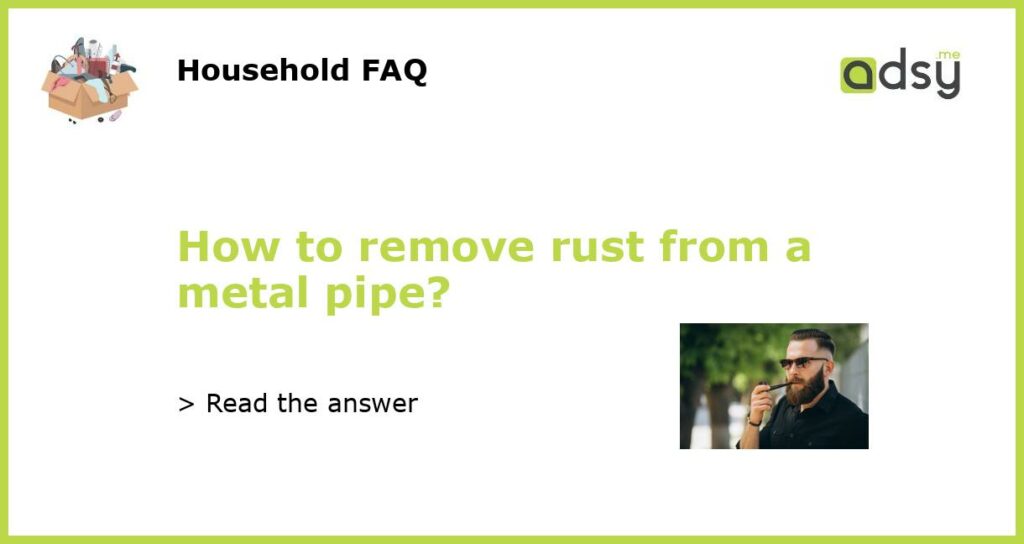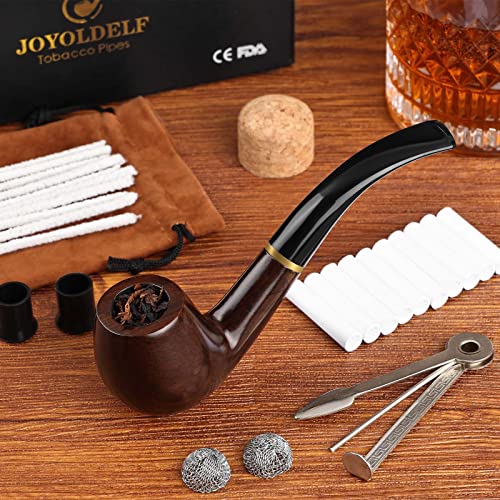Understand the Causes and Risks of Rust
Rust is a common problem for metal pipes, particularly those that are exposed to moisture. Understanding the causes and risks of rust is essential before you can effectively remove it. Rust occurs when metal is exposed to oxygen and moisture, causing a chemical reaction that results in the formation of iron oxide. This corrosion weakens the metal over time, eventually leading to structural damage and leaks.
Aside from weakening the metal pipe, rust can also contaminate the water flowing through it. This can result in health risks, especially if the water is consumed or used for cooking. It is important to address rust as soon as it is detected to prevent further damage and ensure the safety of your water supply.
Inspect the Rusty Pipe and Surrounding Area
Before attempting to remove rust from a metal pipe, carefully inspect the affected area. Take note of the extent of the rust and identify any potential underlying causes, such as water leaks or high humidity. Thoroughly examine the surrounding area to prevent future rust formation. Look for signs of moisture, leaking pipes, or any source of water that may contribute to rust formation.
If you notice any signs of significant damage, extensive rust, or leaks, it may be best to consult a professional plumber or pipe repair specialist. They will be able to identify and address any underlying issues and provide expert advice on how to proceed with rust removal.
Use the Right Tools and Materials to Remove Rust
Once you have assessed the rusted area, gather the necessary tools and materials to remove the rust from the metal pipe. Some common tools and materials for rust removal include:
- Wire brush or sandpaper – to manually scrub and remove surface rust
- Rust converter or rust dissolver – to chemically remove rust
- Protective gloves and eyewear – to protect yourself from any chemicals or debris during the rust removal process
- Paint or sealant – to protect the metal pipe and prevent future rust formation
Ensure that you select tools and materials that are appropriate for the type of metal pipe you are working with. Different metals may require specific rust removal techniques and products.
Remove Rust from the Metal Pipe
Now that you have gathered the necessary tools and materials, you can start the process of removing rust from the metal pipe. Follow these steps:
- Clean the pipe: Before attempting to remove rust, clean the metal pipe thoroughly to remove any dirt, debris, or loose rust. Use a wire brush or sandpaper to scrub the surface of the pipe.
- Apply rust converter or dissolver: If the rust is deep or extensive, apply a rust converter or dissolver according to the manufacturer’s instructions. These products chemically react with rust, converting it into a stable compound that can be easily washed off.
- Scrub off remaining rust: After applying a rust converter or dissolver, use a wire brush or sandpaper to scrub off any remaining rust. Make sure to reach all areas of the pipe that are affected by rust.
- Rinse the pipe: Once you have removed the rust, rinse the pipe thoroughly with water to remove any traces of the rust converter or dissolver. This will ensure that no harmful chemicals are left on the surface of the pipe.
- Dry and protect the pipe: After rinsing, dry the pipe completely. Apply a layer of paint or sealant to protect the metal from future rust formation. This will help extend the lifespan of the metal pipe.
Prevent Future Rust Formation
Removing rust from a metal pipe is only the first step in ensuring its longevity. To prevent future rust formation, consider implementing the following preventive measures:
- Regular inspection: Regularly inspect the metal pipe for signs of rust or damage. This will allow you to address any issues early on before they become more severe.
- Maintain proper drainage: Ensure that the area surrounding the metal pipe has proper drainage to prevent the accumulation of water. Remove any standing water or moisture sources.
- Apply rust-inhibiting coatings: Consider applying rust-inhibiting coatings or paints to the metal pipe. These protective coatings can help prevent rust formation.
- Control humidity levels: If the metal pipe is located in a high-humidity environment, use dehumidifiers or install ventilation systems to control moisture levels and reduce the risk of rust formation.
By following these steps and implementing preventive measures, you can effectively remove rust from a metal pipe and ensure its long-lasting functionality and safety.






